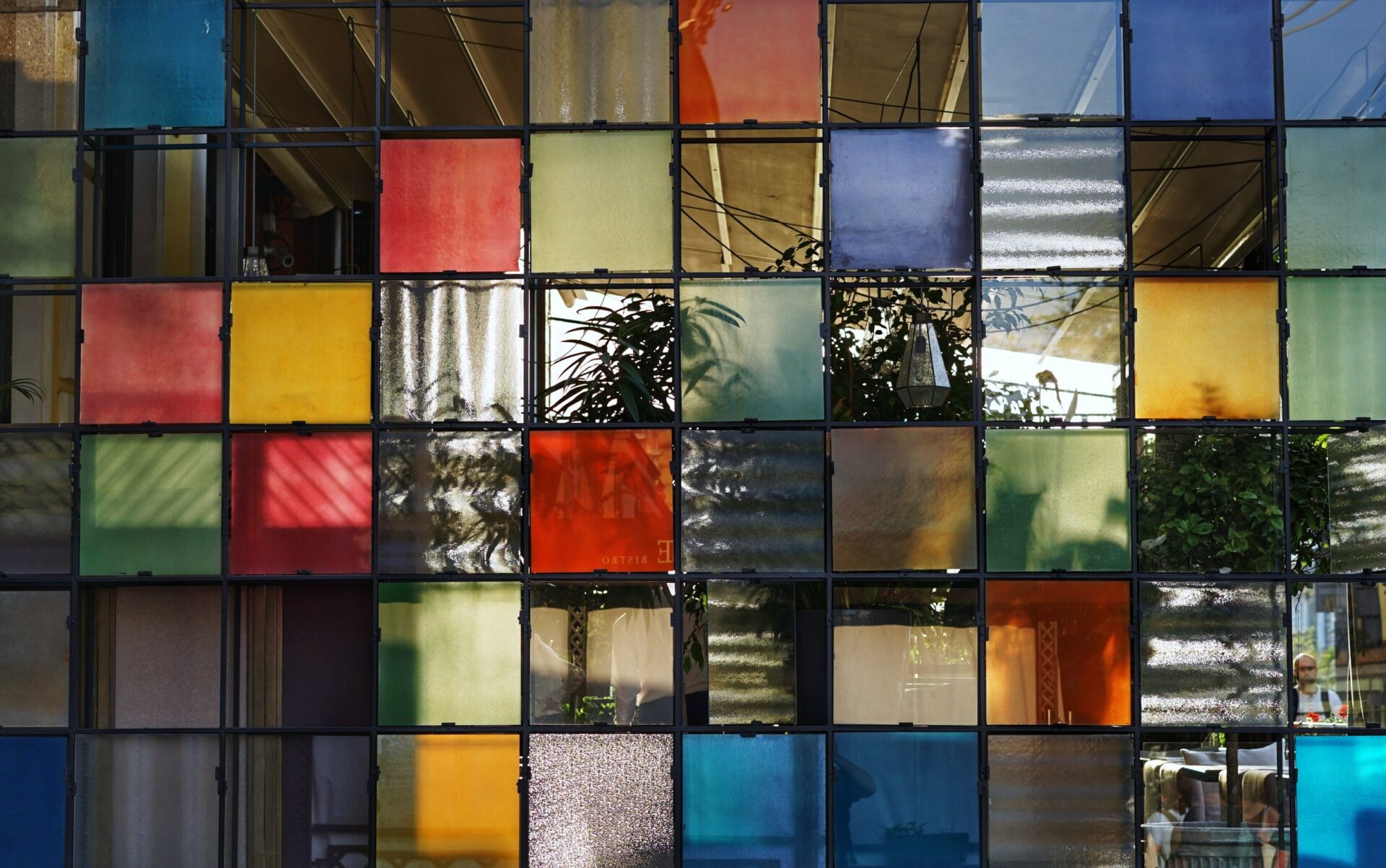15 November 2023
Measuring and mapping the daylit world
Daylight is vital for humans, as it illuminates the world and helps us navigate, read, and appreciate visual art. Light influences us profoundly beyond vision, namely by synchronizing our circadian clock and ensuring that we run on “environment time”. Specialized light-sensing receptors in the eye capture photons and turn them into signals to tell the brain whether it is day or night.

The light-dark cycle given by daylight is regular and varies, depending on the geographical location, across seasons. In the 1960s, an international group of scientists surrounding the physicist Deane Judd from the National Bureau of Standards in the US asked a fundamental question: What is the spectrum of daylight and how does it vary? Sunlight is filtered through the atmosphere before it reaches the Earth’s surface. Daylight, the light from the sky above us, can vary depending on cloud cover and atmospheric conditions. In their 1964 paper, Judd and colleagues [1] asked how regular daylight is – i.e. whether it can be described in simple terms. They looked at a large number of spectra of daylight collected from all over the globe, at the time impressive and unparalleled in size. Through a mathematical technique that distils the variability of daylight into a combination of patterns without losing substantial information, they found that daylight varies highly regularly across three dimensions. The insight that daylight is highly statistically regular has been quite influential, narrowing down the dimensionality of daylight. Later work [2] confirmed these regularities and expanded the same approach into twilight.
Daylight illuminates the world and bounces around different surfaces. In doing so, depending on the materials of surfaces, light of different wavelengths is reflected or absorbed. Different types of scenes – indoor vs. outdoor – are made up of different things. Compare, for example, the uniformness of a painted wall in your office with the dance of colourful leaves as you walk through a forest. Consequently, while daylight illumination is highly regular, the visual world scenes by our eyes can be quite complex across space, time and spectrum [3, 4].
In our SCENES Project, we are investigating how the visual world around us varies spectrally and in terms of space and time. To this end, we have brought together a series of state-of-the-art measurement and imaging techniques to collect the most extensive data set of natural scenes. We are capturing multi-spectral images calibrated to the sensitivities of the human photoreceptors, using a high-dynamic-range radiance camera, spectral irradiance, illuminance over time, RGB and depth images, and environmental information such as temperature.
Until now, we have successfully piloted our portable measurement setups and initiated data collection in various locations, including Germany, Canada, and Slovenia. Our next steps include expanding our data collection efforts to cover a broader range of geographical locations (Czech Republic, France, Brazil, Cuba, Chile, Singapore, and Switzerland). Additionally, we are actively working on documenting metadata and enhancing the metadata descriptors to accompany our dataset, ensuring that it is comprehensive and reusable.
As we build our data set, we feel like explorers of daylight, capturing the natural scenes across the globe. Stay tuned as we continue to shed light on the hidden (to the naked eye) dimensions of the daylit world around us.
Are you interested in contributing to the SCENES Project? We are always looking for potential sites across the globe with interesting scenes. We invite anyone interested in collaborating with us to contact us at manuel.spitschan@tum.de.
More information
- About the SCENES Project: https://www.scenes-dataset.org/
- About our research group: https://www.tscnlab.org/
- Follow us on Linkedin: https://www.linkedin.com/company/tum-chronobiology/
- Follow us on YouTube: https://www.youtube.com/@tumchronobiologyhealth
References
- Judd, D. B., MacAdam, D. L., Wyszecki, G., Budde, H. W., Condit, H. R., Henderson, S. T., & Simonds, J. L. (1964). Spectral distribution of typical daylight as a function of correlated color temperature. Journal of the Optical Society of America, 54(8), 1031-1040. https://doi.org/10.1364/JOSA.54.001031.
- Spitschan, M., Aguirre, G., Brainard, D., et al. (2016). Variation of outdoor illumination as a function of solar elevation and light pollution. Scientific Reports, 6, 26756. https://doi.org/10.1038/srep26756.
- Webler, F. S., Spitschan, M., Foster, R. G., Andersen, M., & Peirson, S. N. (2019). What is the ‘spectral diet’ of humans? Current Opinion in Behavioral Sciences, 30, 80-86. https://doi.org/10.1016/j.cobeha.2019.06.006.
- Spitschan, M. (2021). Time-varying light exposure in chronobiology and sleep research experiments. Frontiers in Neurology, 12, 654158. https://doi.org/10.3389/fneur.2021.654158.


Comments